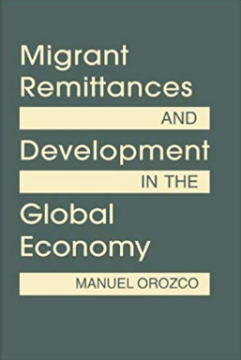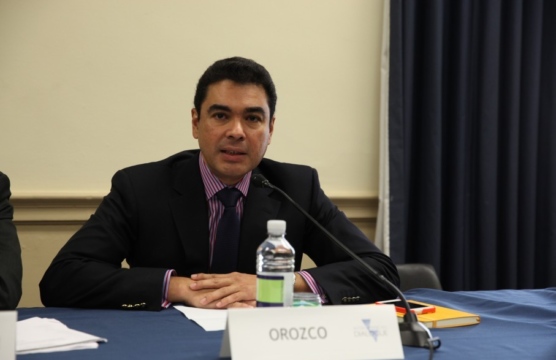The Earthquake’s Impact on Remittances
The earthquake in Haiti has exacerbated an existing distress during the international recession and increased uncertainty of what to do and how to help.
This post is also available in: Español
On February 27, 2024, Manuel Orozco, director of the Migration, Remittances, and Development program at the Inter-American Dialogue, presented, “Migración, Remesas y Desarrollo en Guatemala Tendencias y Recomendaciones” (Migration, Remittances, and Development in Guatemala - Trends and Recommendations) to students at the Centro Universitario de San Marcos (CUSAM). The department of San Marcos has one of the highest rates of emigration in Guatemala with over 70 percent of residents reporting having a family member abroad. Throughout the presentation, Orozco placed migration trends within the context of the Guatemalan and global economy.
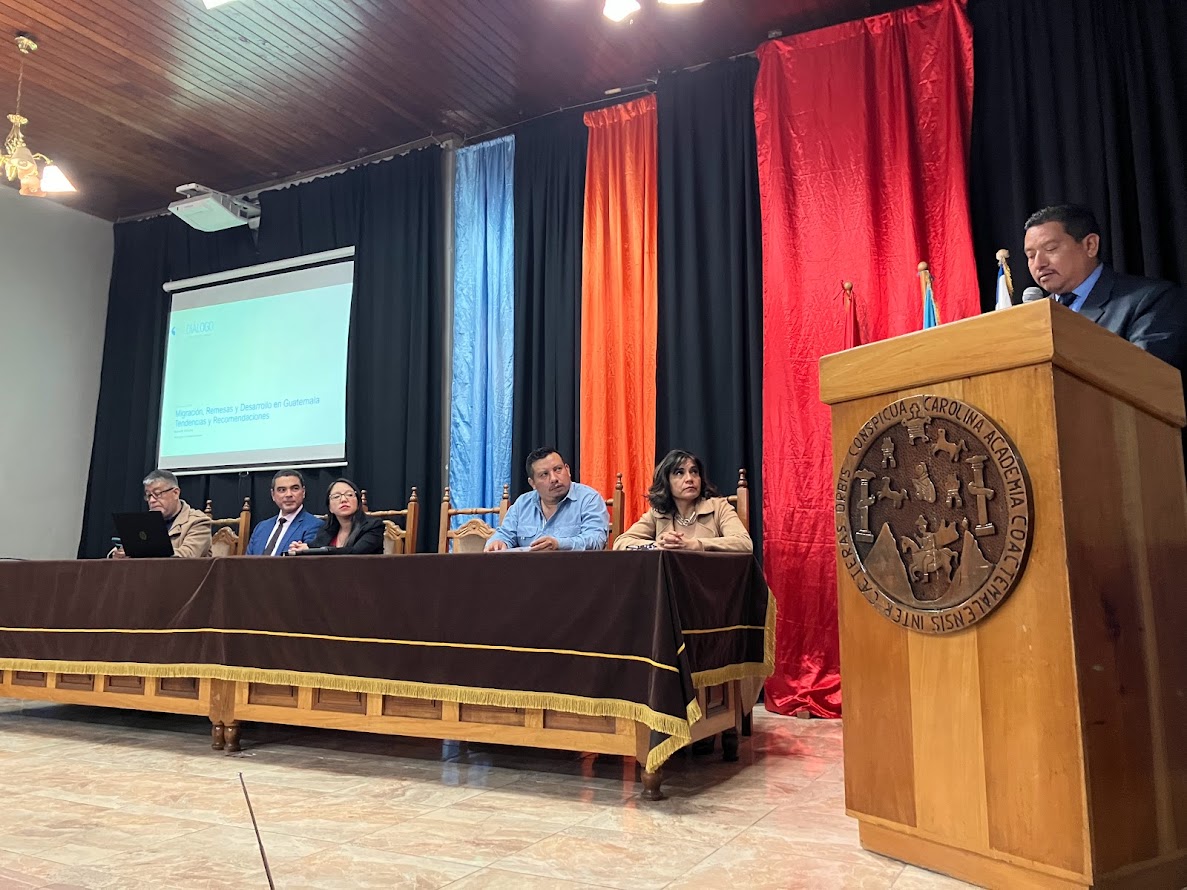
Orozco highlighted the recent increases in migration to the US and underscored its unprecedented nature. The number of migrants that have entered the US now measure one percent of the total population of the US - the highest in recent history. Outlining the various drivers of migration including economic, social/aspirational, transnational ties, political, and climatic reasons, Orozco presented state fragility as a central indicator of current migration trends. Crises in Venezuela, Cuba, Haiti, Nicaragua, and increasingly extracontinental crises have driven people to make the difficult decision to leave their homes.
Addressing the complex drivers of emigration in source countries, Orozco stressed the centrality of investments in human capacity in mitigating the intention to migrate. Improving human capacity includes improving access to resources, education alongside soft skills, entrepreneurship, and technological access and skills.
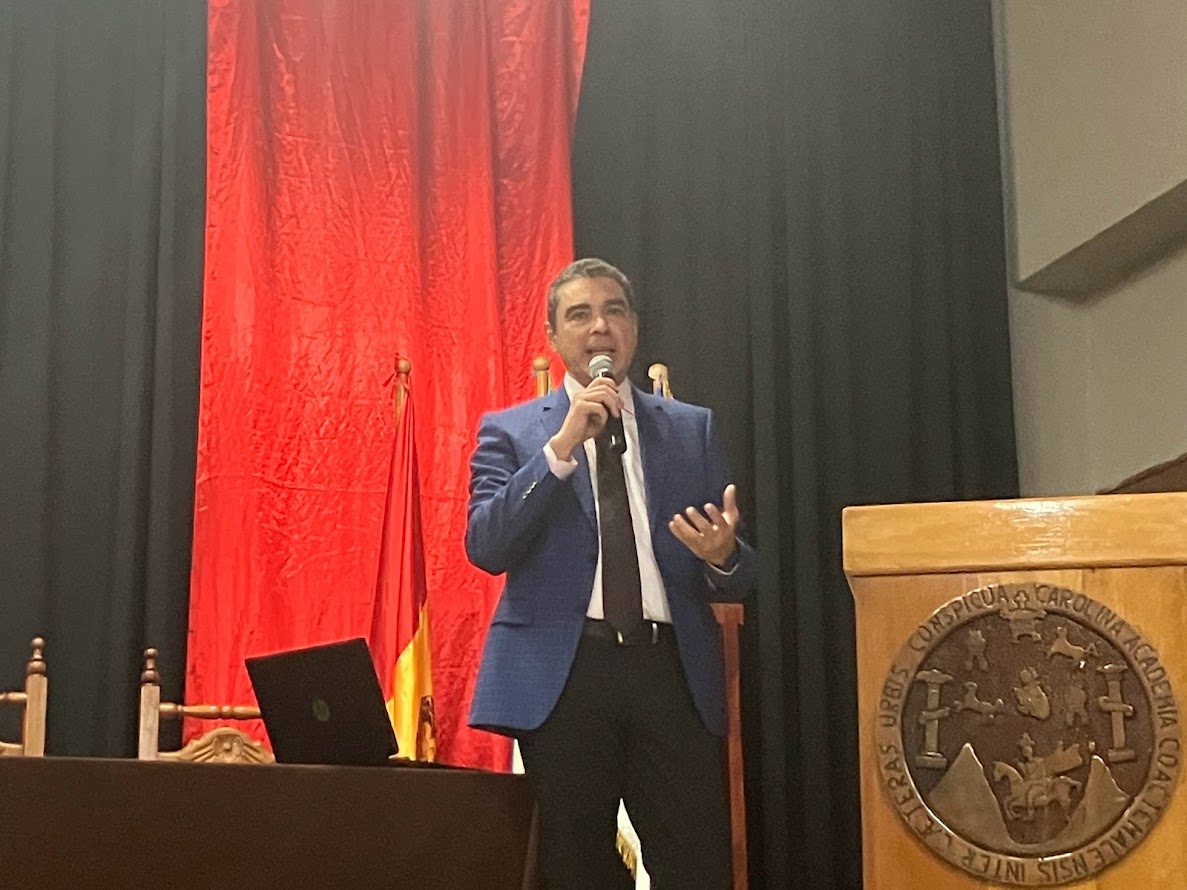
Also key to addressing migration is the leveraging of remittances for development purposes by expanding financial inclusion as remittances account for over 20 percent of the Guatemalan economy (25 percent if including nostalgia trade).
During the Q&A portion of the event, Orozco answered questions from students related to migratory trends. He explained that Guatemala has an exceptionally high emigration percentage rate with one out of every 15 migrants being an unaccompanied minor (UAC). Migrants, Orozco continued, are drawn by pull factors including strong US labor markets and push factors such as state fragility and diminished opportunities at home. Responding to a question, Orozco recognized that while it is common for migrants to plan on returning home after emigrating, this is less true in practice - 97 percent of Guatemalans who emigrate do not return.
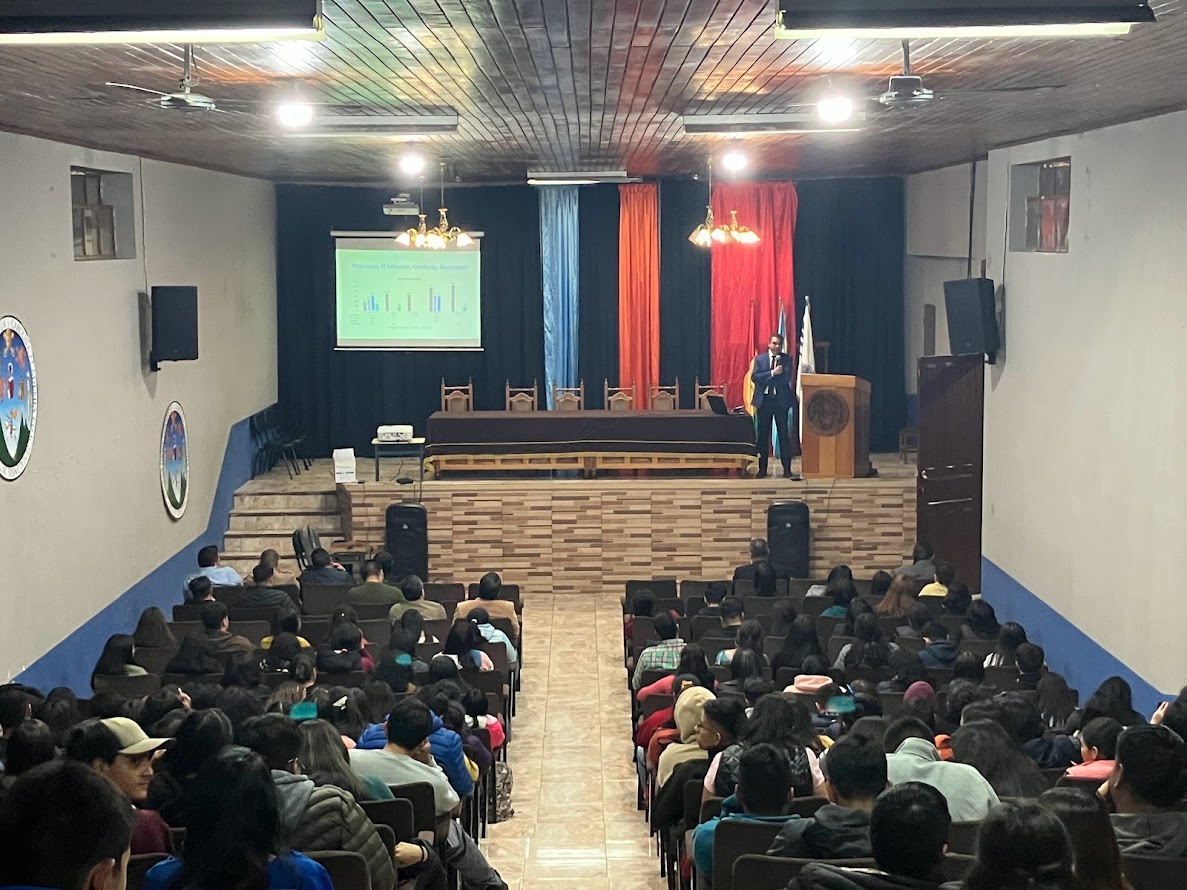
Orozco also noted that efforts to formalize and regulate migratory patterns have been frustrated by political stagnation in the US congress due to the politicization of migration within the US context, with the exception of Deferred Action for Childhood Arrivals (DACA). Orozco concluded that increases in human capacity in source countries like Guatemala will alleviate the push to emigrate. In addition to efforts that leverage remittances for development, increase soft skills and financial and technological access, and foster communities of opportunity in source countries, Orozco underscored the US could expand its H-2B visa program and redesign the lottery process to include capacity building among applicants.
The earthquake in Haiti has exacerbated an existing distress during the international recession and increased uncertainty of what to do and how to help.
How do patterns of migration and remittances differ across regions? What kinds of frameworks support the contributions of remittances to local development?
On February 24th, the Inter-American Dialogue held its annual event on Remittances to Latin America and the Caribbean.
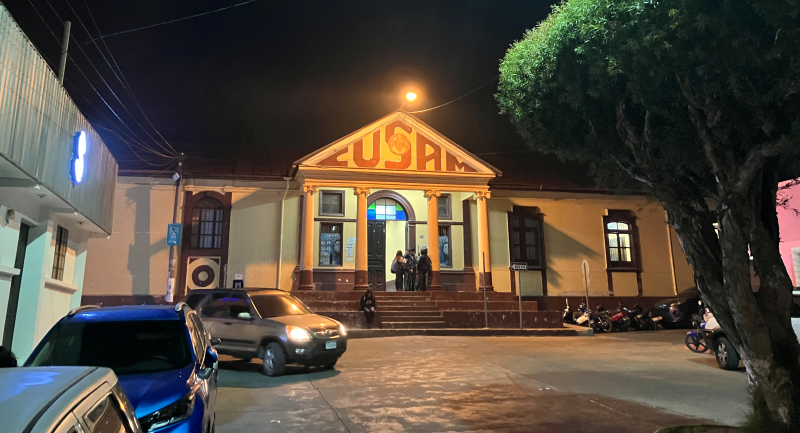 Patrick Springer
Patrick Springer
